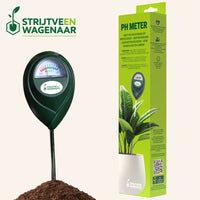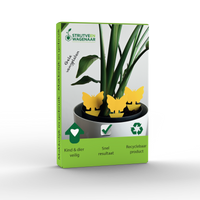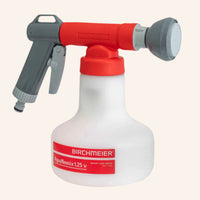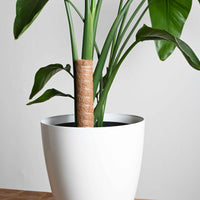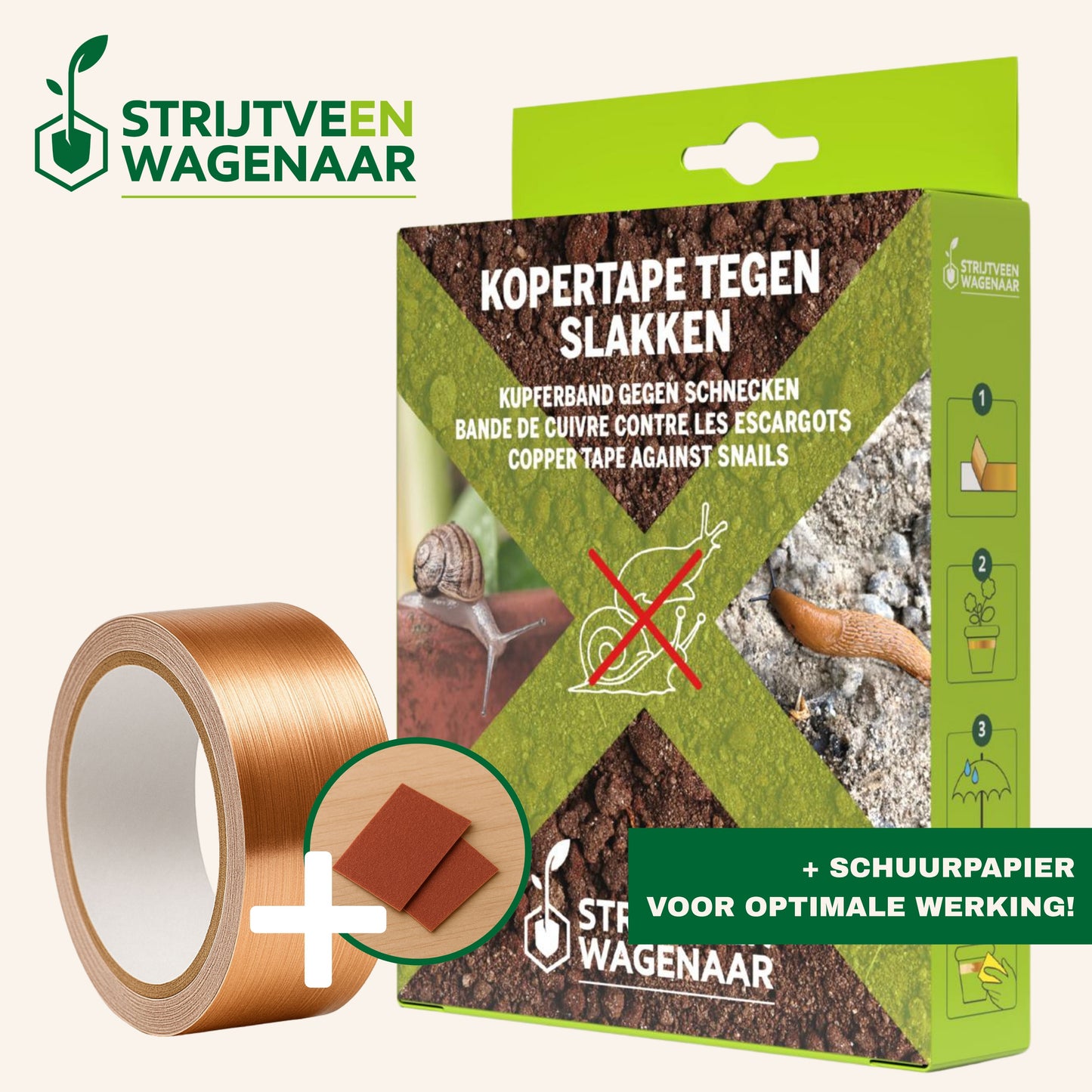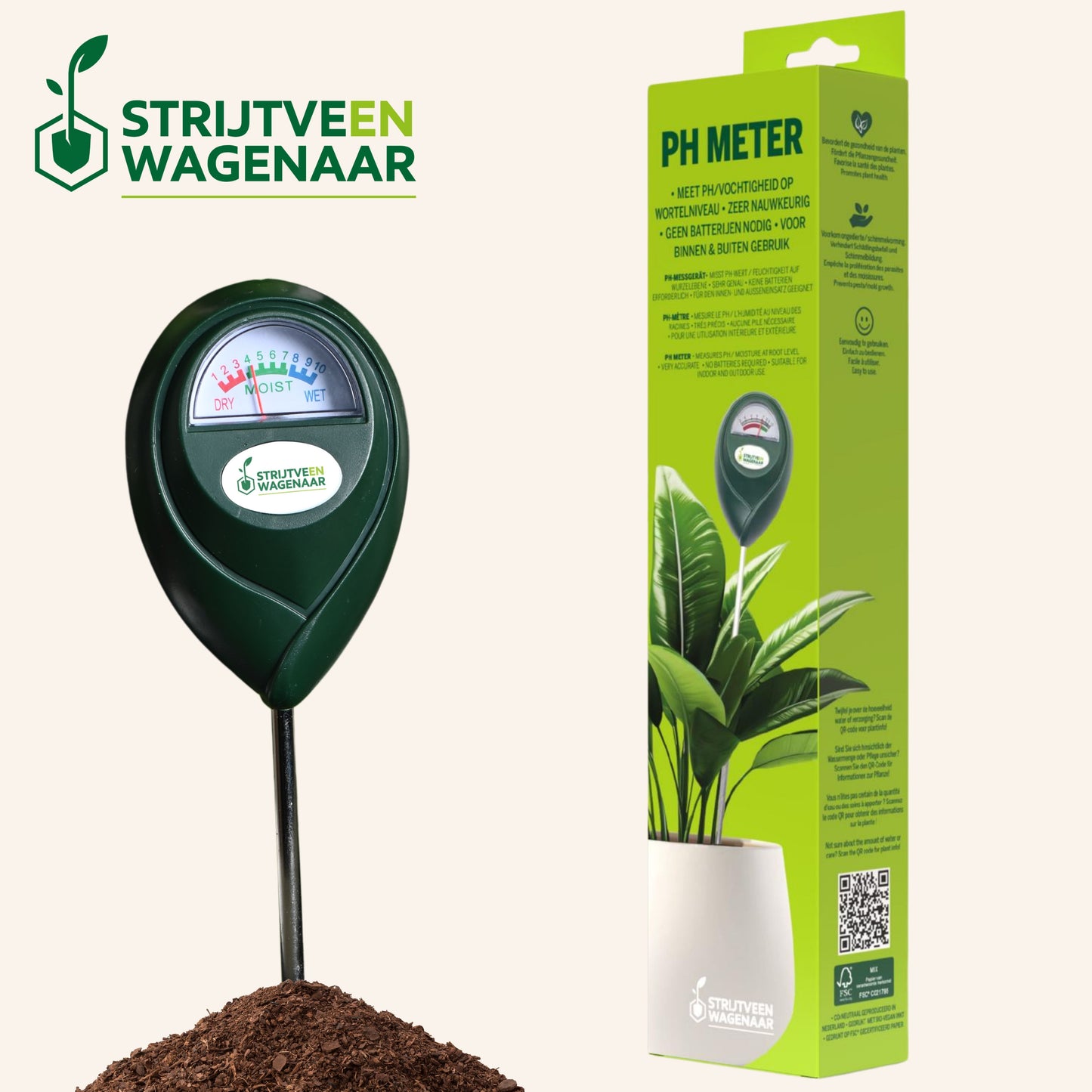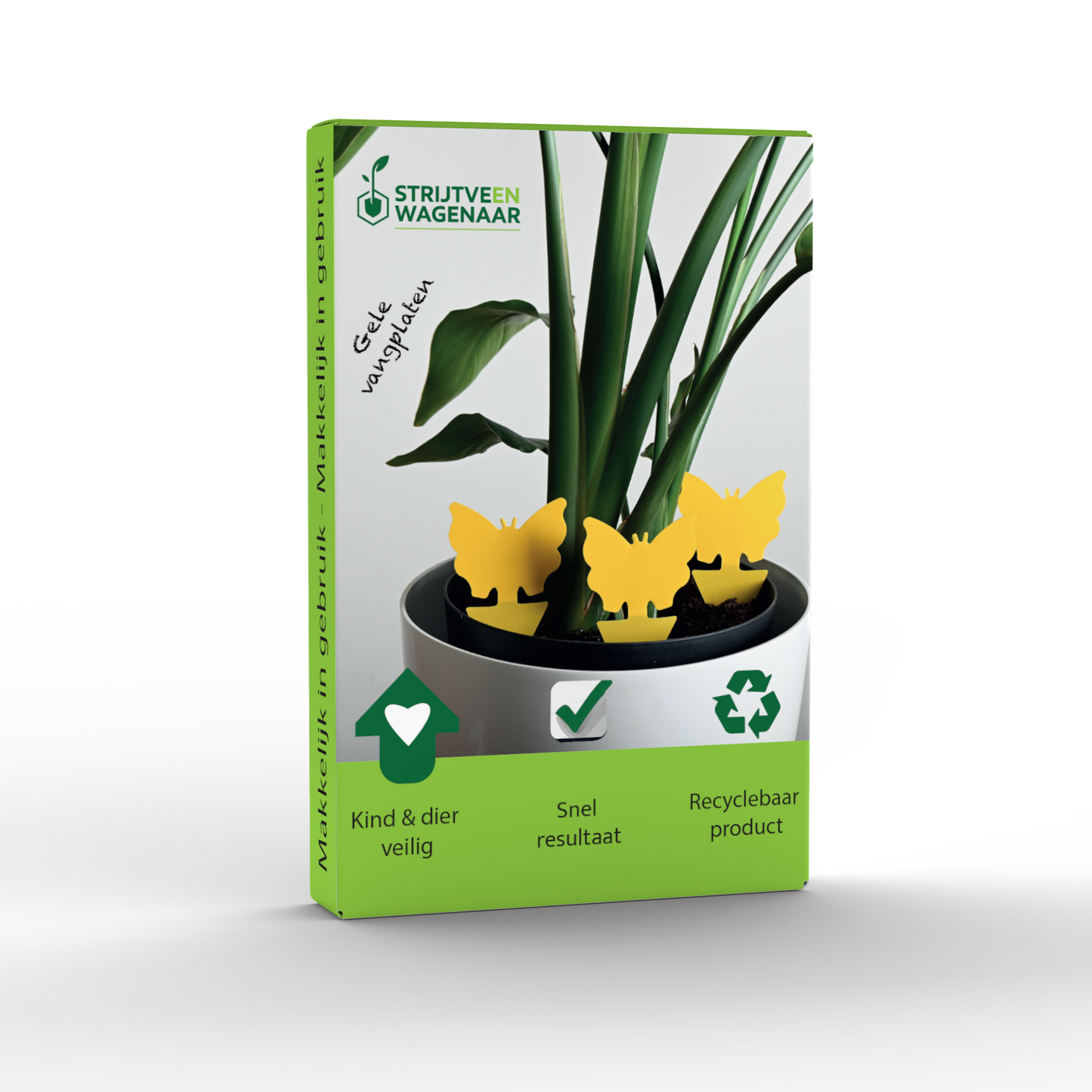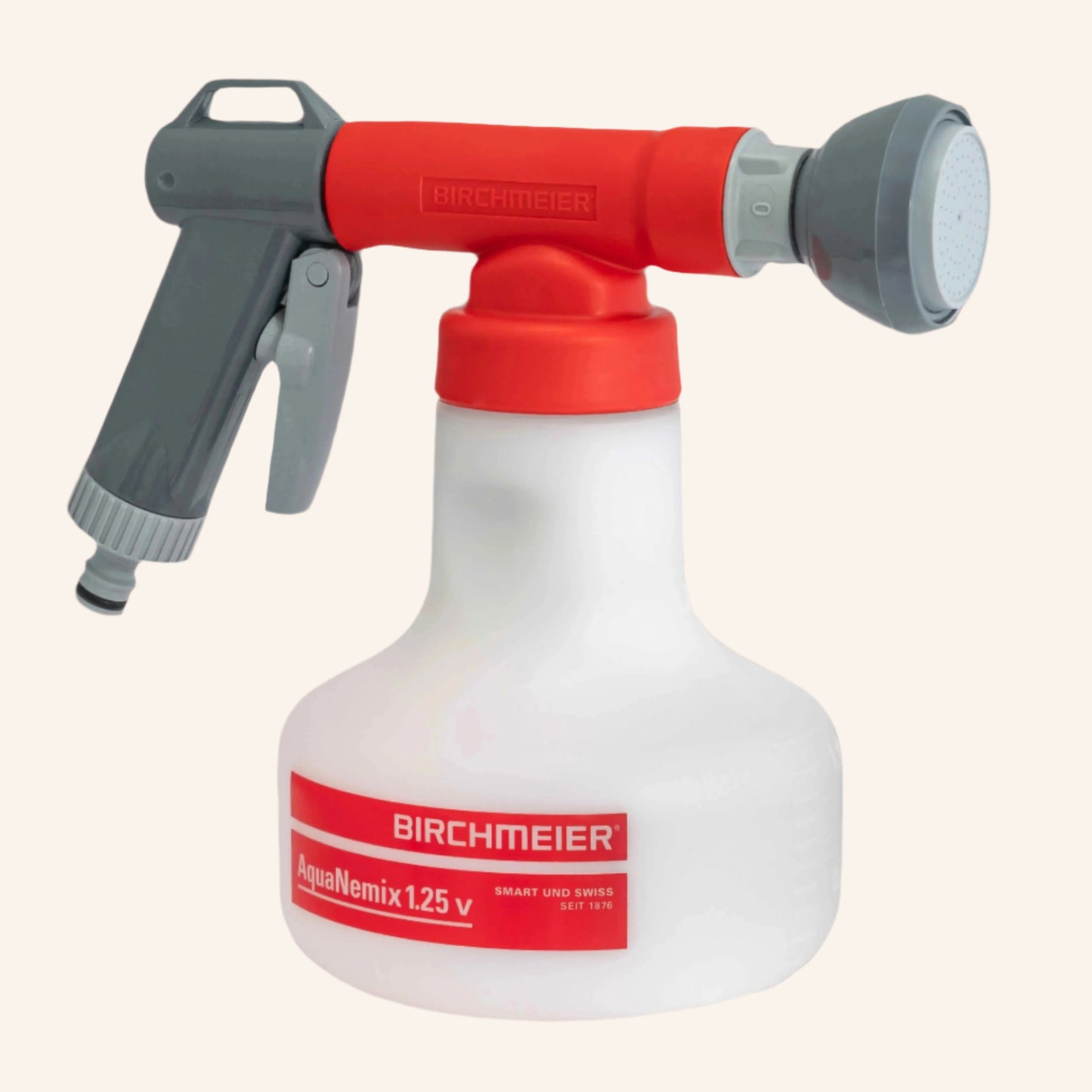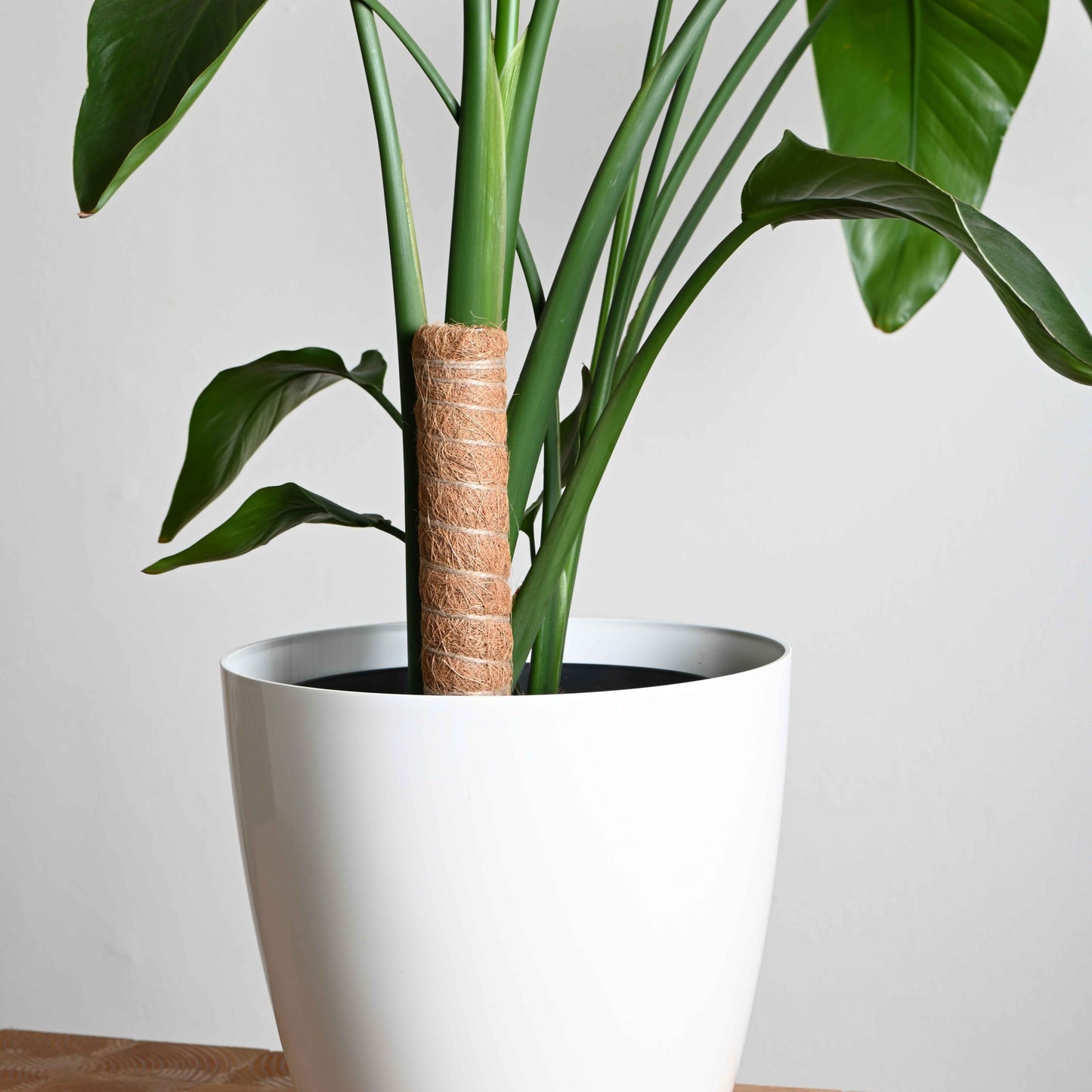
You did it. You brightened up your living room with a few new houseplants. Or maybe you have a trendy monstera or a trendy pilea gracing your desk. But wait! Before you give them a warm welcome into your home, it is important to inspect them carefully. Not only on their leaves and branches, but especially on the potting soil. Because that is where small, uninvited guests can hide: fungus gnats.
What are fungus gnats anyway?
Fungus gnats, also known as sciarid flies, are small black flies that are particularly attracted to moist potting soil. They look harmless, but can become quite a nuisance. Their larvae feed on organic matter in the soil and sometimes even on the roots of your plants, which can cause damage.
Why check?
New plants often come from greenhouses or garden centres where there is a lot of moisture and organic material. This is the ideal breeding ground for fungus gnats. When you bring such a plant into your home, you may unknowingly bring these flies with you. If you are not careful, they will quickly spread to your other plants.
How do you recognize fungus gnats?
- Flies: Do you see small, black flies around the soil or near your plant? These are probably adult fungus gnats.
- Larvae: In the potting soil itself you can see transparent, worm-like larvae with a black head. These are the culprits that can damage the roots of your plants.
- Moist soil: Fungus gnats like moisture. If the soil feels very wet, this increases the chance of infection.
What can you do if you discover fungus gnats?
Don't panic! Fortunately, there are effective ways to get rid of fungus gnats:
- Let the soil dry: Fungus gnats do not like dry soil. Let the top layer of soil dry out thoroughly before watering again.
- Use nematodes: These small biological control agents are effective against the larvae in the soil. They seek out the larvae and control them without harming your plant or the environment.
- Sand or pebbles: Sprinkle a thin layer of sand or fine pebbles over the potting soil. This prevents adult flies from laying their eggs in the soil.
- Yellow sticky traps: place the sticky traps near your plants to catch the adult flies.
Read all our tips on how to best combat fungus gnats here !
Prevention is better than cure
- Always check the potting soil of new plants before giving them a place in your home.
- Use a pot with good drainage so excess water can drain away easily.
- Water sparingly, especially in winter when plants grow more slowly.
With a little extra attention, you can prevent your new acquisition from becoming a home base for fungus gnats . This way, you will not only enjoy a greener, but also a healthier living environment for you and your plants.

